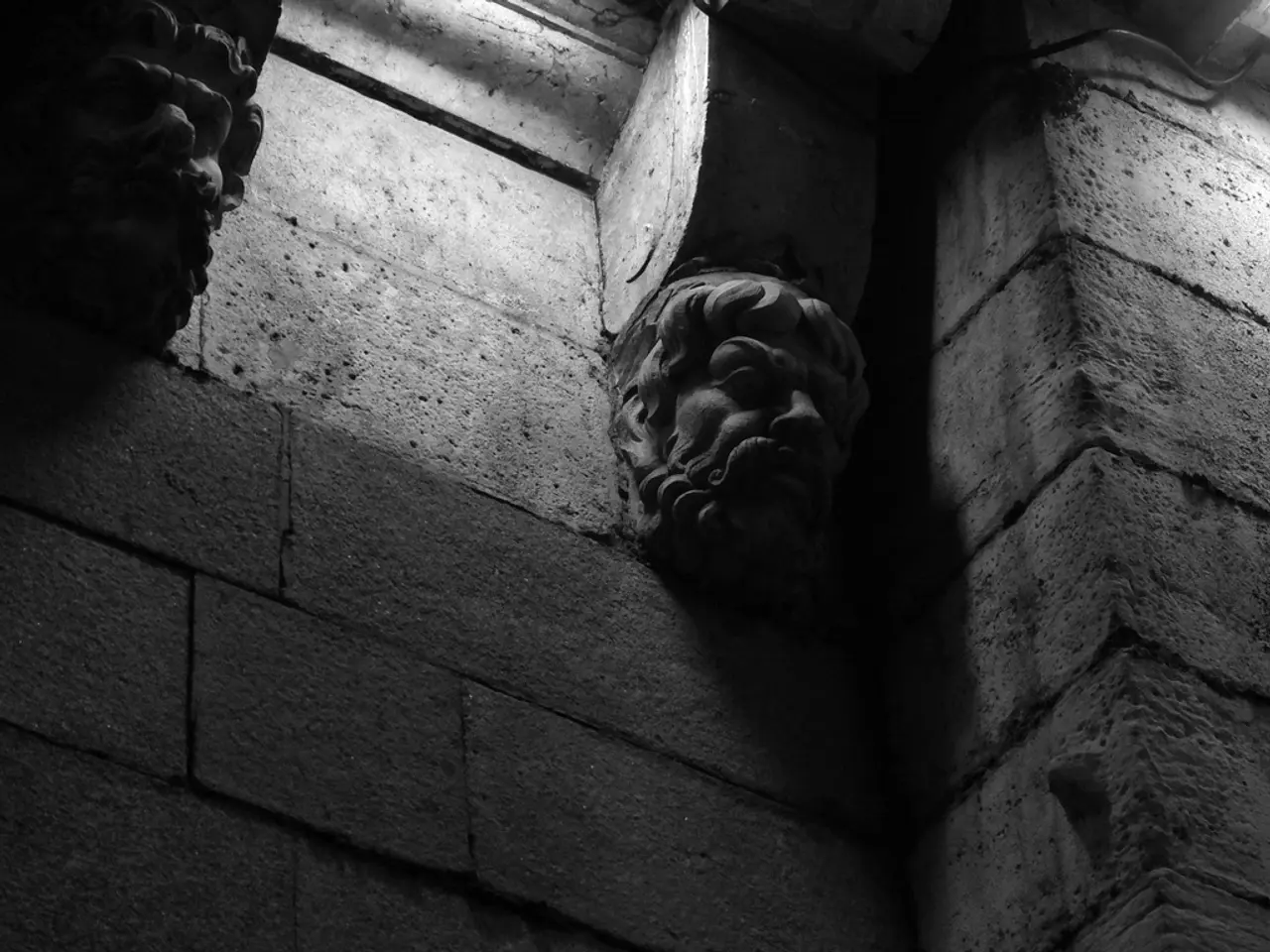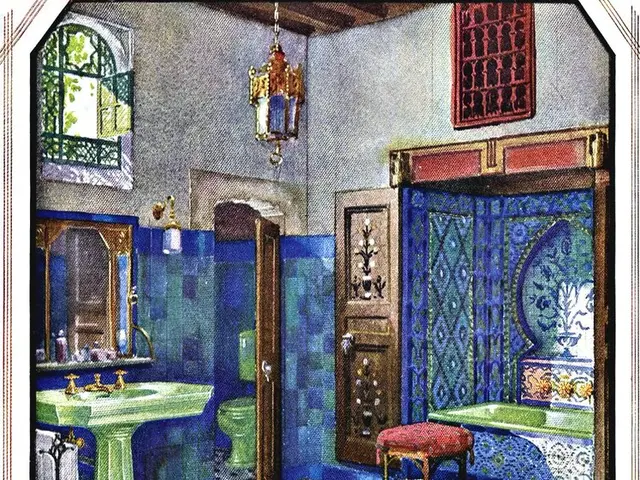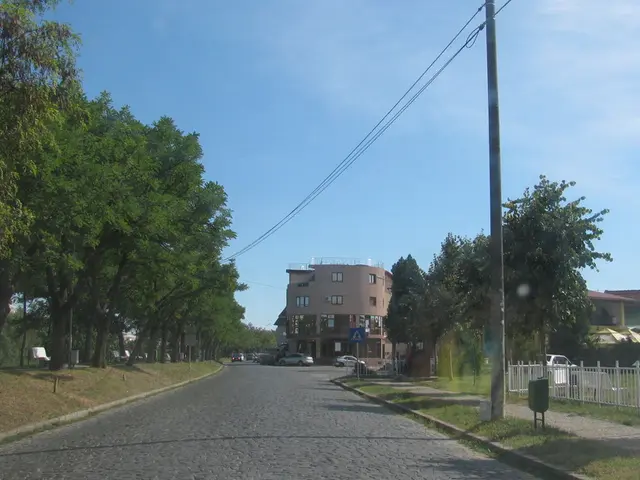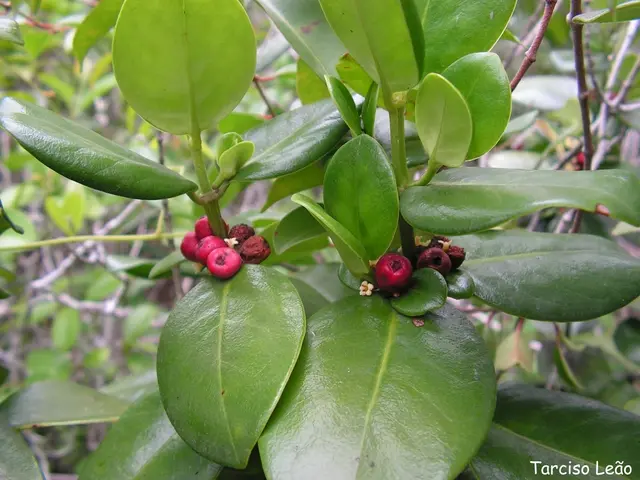Home Renovation Essentials: Understanding Different Plaster Types and Application Methods for Perfect Finishing
In the realm of home renovation and self-build projects, the choice of plaster plays a significant role in achieving the desired aesthetic, functionality, and sustainability. This article delves into the various types of plaster and plastering techniques, providing valuable insights for homeowners and builders alike.
Stucco Plaster (Render): The Decorative Exterior Coating
Stucco plaster, also known as render in the UK, is a popular choice for exterior walls. It offers a textured, decorative finish that is both durable and weather-resistant, making it perfect for Mediterranean-style homes. The finish can be customised, ranging from smooth to textured, and can be tinted or painted to suit your preference.
Cement Plaster: Ideal for Exterior Walls and Durable Surfaces
Cement plaster is another common type of plaster, typically applied to bare walls. It is made from sand, cement, and water, sometimes with the addition of lime. This hard-wearing and weather-resistant plaster is ideal for exterior walls or surfaces exposed to harsh conditions.
Gypsum Plaster: Quick-Setting and Easy to Work With
Gypsum plaster is best suited for interior walls and ceilings where a smooth, fine finish is desired. It is quick-setting and easy to work with, making it an ideal choice for DIY enthusiasts. However, due to its moisture sensitivity, it is not suitable for wet or external areas.
Lime Plaster: The Eco-Friendly and Breathable Option
Lime plaster is an excellent choice for historic buildings, breathable walls, and eco-friendly construction. It is made from lime, sand, water, and hairs or fibres to help strengthen the plaster. Lime plaster regulates moisture, reducing mold growth and cracking, making it well-suited to older masonry, renovation projects, and sustainable homes.
Venetian Plaster: The Luxury Interior Finish
Venetian plaster is a durable and mold-resistant finish, popular for luxury interiors and decorative finishes. It offers a polished, marble-like surface and is made from fired limestone and water, with no aggregates in the mix. However, due to its specialist application and higher cost, it is often reserved for upscale interiors.
Mud Plaster: The Natural Choice for Energy-Efficient Homes
Mud plaster, made from natural materials like clay and straw, offers good thermal insulation and is primarily used in sustainable and energy-efficient homes. However, it is not suitable for areas regularly exposed to water.
Waterproof Plaster: The Solution for Moisture-Prone Areas
Waterproof plaster is designed for moisture-prone areas such as bathrooms, kitchens, and basements. It prevents water infiltration and mold growth, ensuring long-lasting protection in damp environments.
Tadelakt and Marmorino Plasters: Natural, Water-Resistant, and Aesthetically Appealing
Tadelakt and Marmorino plasters are lime-based decorative finishes suitable for internal walls, including wet rooms and kitchens. They offer natural, water-resistant, and aesthetically appealing finishes, perfect for creating a unique and attractive finish in your home.
In conclusion, choosing the right plaster depends on various factors, including the wall structure, the application area, aesthetic preferences, and sustainability goals. By understanding the properties and uses of each type of plaster, you can make an informed decision and create a beautiful, functional, and long-lasting finish for your home renovation or self-build project.
- Stucco plaster, also known as render in the UK, is an exterior wall choice that offers a decorative, textured finish, suitable for Mediterranean-style homes and can be customized, tinted, or painted.
- Cement plaster is hard-wearing and weather-resistant, making it ideal for exterior walls and surfaces exposed to harsh conditions.
- Gypsum plaster is quick-setting and easy to work with, best suited for interior walls and ceilings where a smooth finish is desired.
- Lime plaster is eco-friendly, breathable, and suitable for historic buildings, renovation projects, and sustainable homes.
- Venetian plaster offers a luxury, polished, marble-like surface for interior decoration, but it is a specialist application with a higher cost.
- Mud plaster, made from natural materials like clay and straw, is energy-efficient and provides good thermal insulation, but is not suitable for areas regularly exposed to water.
- Waterproof plaster is designed for moisture-prone areas like bathrooms, kitchens, and basements, preventing water infiltration and mold growth.
- Tadelakt and Marmorino plasters are lime-based decorative finishes for internal walls, offering a natural, water-resistant, and aesthetically appealing finish, perfect for creating a unique and attractive finish in your home.
- The choice of plaster depends on various factors, including the wall structure, the application area, aesthetic preferences, and sustainability goals.
- Understanding the properties and uses of each type of plaster helps make an informed decision and create a beautiful, functional, and long-lasting finish for home renovation or self-build projects, contributing to a desired lifestyle, and fitting within the budget, all while maintaining the cost-effectiveness in home-improvement and home-and-garden settings.






